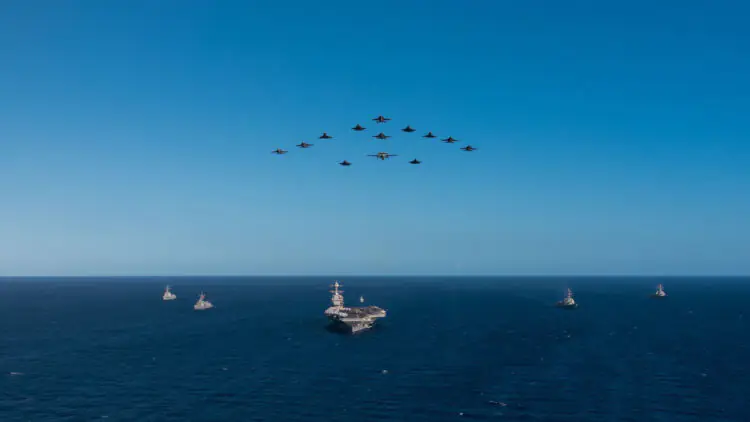American F/A-18F fighters and Italian F-35Bs carried out training missions simulating close air support operations over the Black Sea and in Romanian training zones as part of NATO’s Neptune Strike 25-2 exercises.
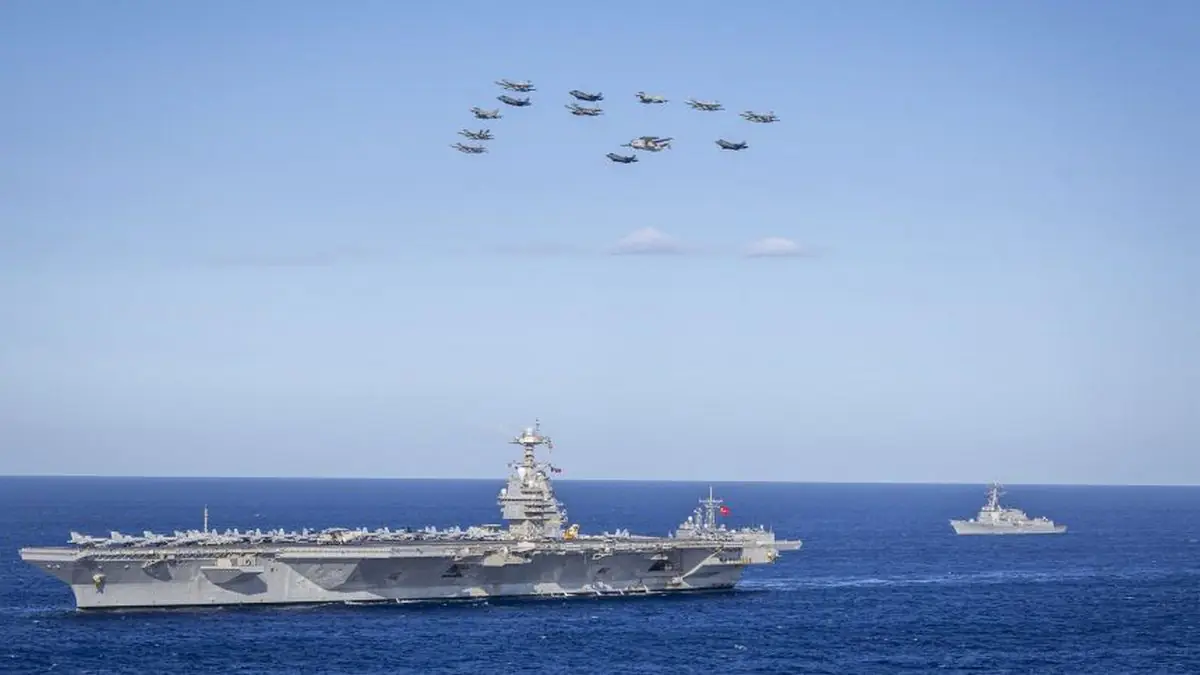
These operations took place while the aircraft carrier USS Gerald R. Ford (CVN 78) and its carrier strike group (CSG) were deployed in the Mediterranean Sea. Crews of the U.S. Navy’s F/A-18F Super Hornets and Italy’s fifth-generation F-35B Lightning II fighters conducted simulated air support missions as part of the expanded Vigilance Activity readiness operation – a key component of the Neptune Strike 25-2 exercises. NATO’s Joint Force Command (JFC) in Naples reported the drills through a social media update.
According to JFC, the maneuvers aim to reinforce NATO’s presence in the Black Sea region and demonstrate the Alliance’s ability to project power from the Mediterranean Sea in coordination with member states located along the Black Sea coast. It was emphasized that all flights were conducted in international airspace and in accordance with international law. In addition to the F/A-18 and F-35 jets, a U.S. KC-130 tanker aircraft also participated in the mission, providing aerial refueling support.
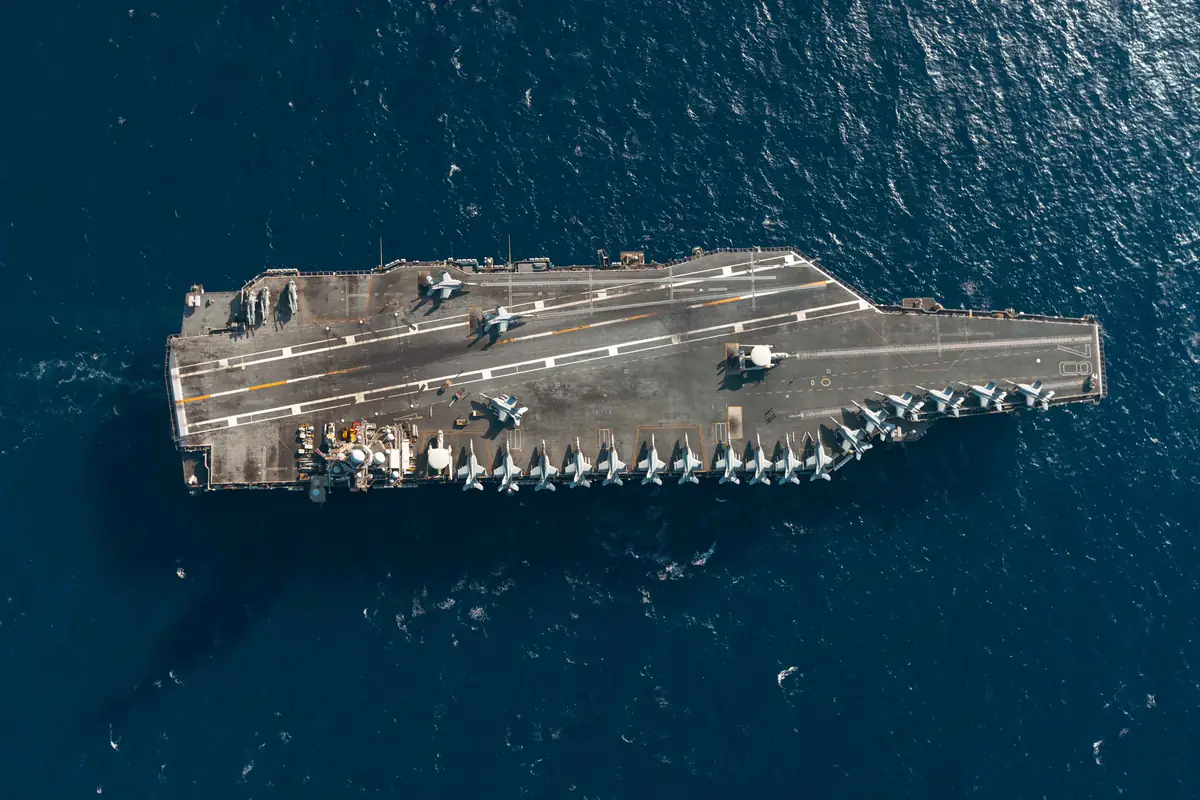
The USS Gerald R. Ford Carrier Strike Group (CSG) entered the Mediterranean Sea in mid-July to take part in Neptune Strike 25-2. As part of this exercise cycle, the CSG is conducting long-range strike training with NATO allies in designated operational areas, including the Baltic and Black Seas. Prior to the Black Sea mission, U.S. F/A-18E fighters had already carried out joint missions with Finnish F/A-18C and Portuguese F-16 aircraft over the Baltic Sea and Lithuania.
“The integration of the USS Gerald R. Ford Carrier Strike Group into Neptune Strike enhances vigilance, reinforces collective resolve and readiness, and strengthens our Alliance’s ability to operate as one under NATO command,” said Rear Admiral Paul Lanzilotta, Commander of Carrier Strike Group 12. He emphasized that these operations form a critical foundation for multinational maritime cooperation and serve as a clear demonstration of the enduring commitment to collective security, peace, and stability in the region.
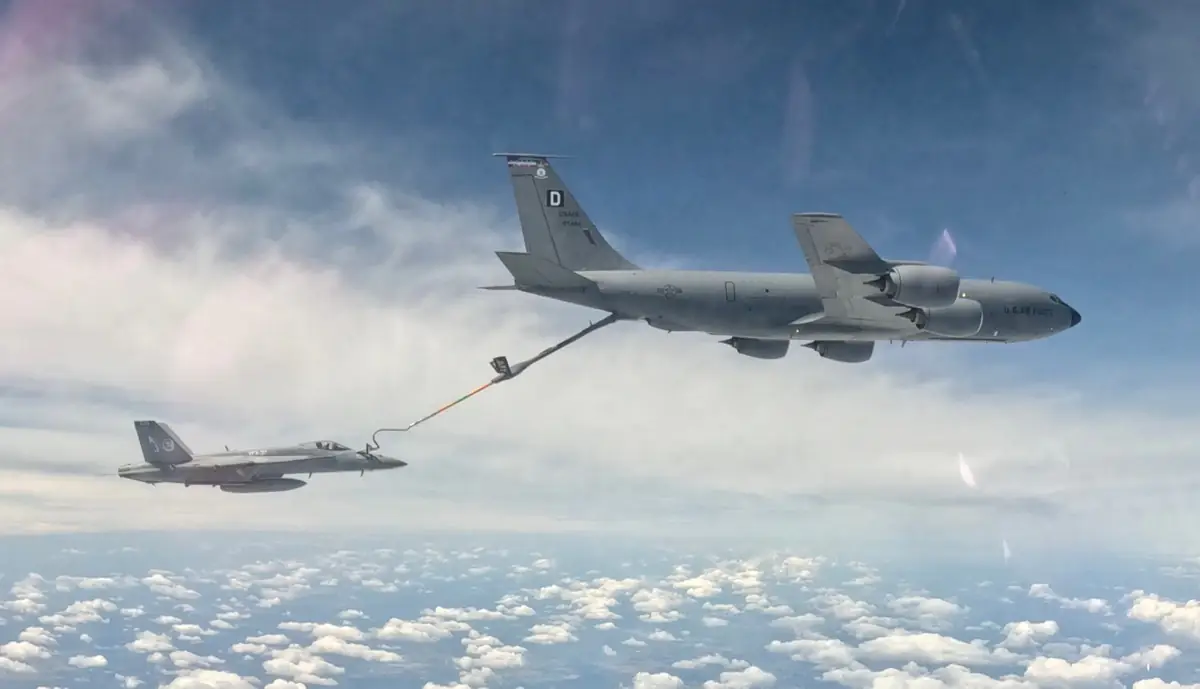
NATO emphasized that the Neptune Strike series is part of a regularly scheduled vigilance activity. Its scenarios were developed well in advance and are being executed dynamically to support strategic deterrence under the direction of NATO’s Supreme Headquarters Allied Powers Europe (SHAPE). The defensive-oriented maneuvers involve forces from 14 Allied nations deployed across the European theater, including Croatia, Finland, France, Germany, Greece, Italy, Lithuania, Norway, Poland, Romania, Spain, Slovakia, the United Kingdom, and the United States.
“Enhanced vigilance activities under Neptune Strike are a key opportunity to coordinate and engage a wide range of forces across the European region. They demonstrate our collective ability to respond to crises and sustain the Alliance’s defense posture,” said Vice Admiral Thomas E. Ishee, Commander of STRIKFORNATO. He emphasized that such exercises underscore NATO’s unwavering commitment to operational excellence and unity.

The aircraft carrier USS Gerald R. Ford, accompanied by nine squadrons from Carrier Air Wing Eight, as well as the destroyers USS Bainbridge, USS Mahan (DDG 72), and USS Winston S. Churchill (DDG 81), departed Virginia in June. On July 19, 2025, the group transited the Strait of Gibraltar. The 12th Carrier Strike Group is currently on a scheduled deployment within the U.S. Sixth Fleet’s area of operations, continuing its mission alongside NATO allies and partners, with a focus on strengthening interoperability and ensuring regional stability.

Додатковим свідченням активної співпраці стали спільні повітряно-морські навчання, що відбулися 29 липня 2025 року в Адріатичному морі. Американські та італійські літаки здійснили прольоти над USS Gerald R. Ford, який супроводжували італійський корабель ITS Rimini (M 5561), турецький фрегат TCG Gelibolu (F-493) та есмінці класу Arleigh Burke: USS Bainbridge (DDG 96), USS Winston S. Churchill (DDG 81) і USS Mahan (DDG 72).
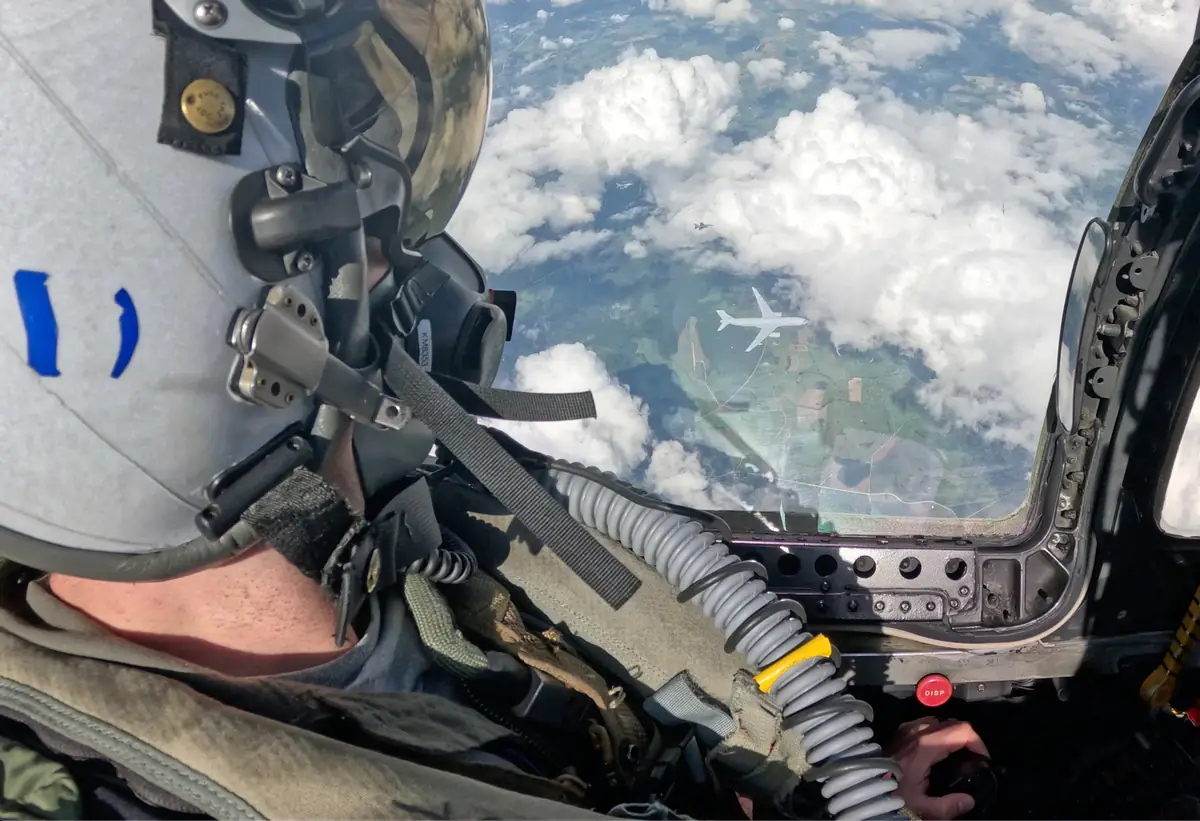
The U.S. aircraft involved represented the main aviation components of Carrier Air Wing Eight, including F/A-18E/F Super Hornets, EA-18G Growlers for electronic warfare, and E-2D Hawkeyes for airborne early warning. On the Italian side, the drills included F-35B Lightning II jets from the naval forces, as well as F-35A Lightning II and F-2000A Typhoon fighters from the Air Force.
Source: TheAviationist


